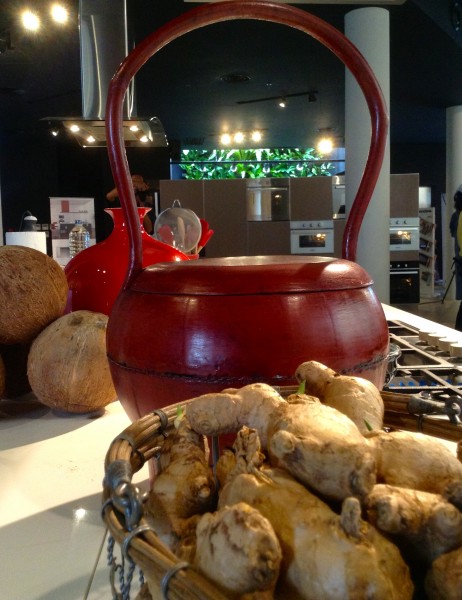Not a member yet? Sign Up!
Info
Please use real email address to activate your registration
Rows of cempedak goreng dipped in palm sugar, was the welcome snack for guests entering Modena Indonesia showroom. Cempedak that has similar genus with jackfruit, was just one of the dishes that I tasted this weekend at an event held by KOI, the Indonesian Organic Community, to celebrate traditional food of Tulungagung.

Heritage food series
KOI is an entity where farmers, producers, activists, consumers and fans of organic, green and healthy lifestyle gathered to make Indonesia a better living place. In collaboration with Omah Lawuh and Modena Indonesia, KOI volunteers passionately presented the food of Tulungagung to more than 30 guests through cooking demos and by sharing the philosophy and the stories behind each cuisine.

The featured Tulungagung Regency in East Java is known for its pristine natural beaches due to its location that borders the Indian Ocean. A 3-hour drive from Surabaya, the capital of East Java, the regency also boasts a rich cultural heritage counting its cuisines.
Pecel punten
The second floor of Modena Indonesia showroom, decorated with cooking appliances and their accessories, bathed in bright yet soft light, was a perfect background for traditional foods.
Chef Thalika from Omah Lawuh, a soon to be opened restaurant serving traditional Javanese cuisines, showed us how to make pecel punten.
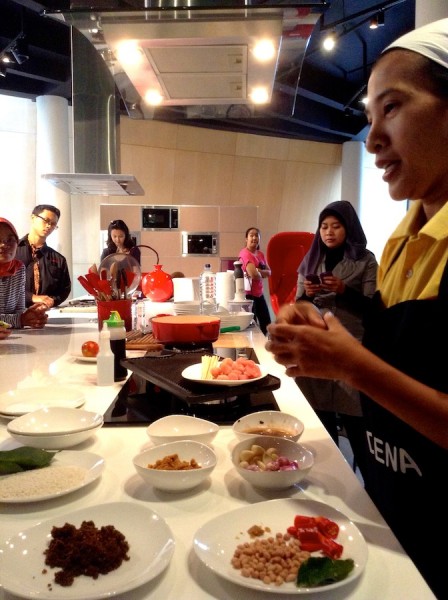

Pecel, common on the island of Java, is a dish of boiled vegetables and peanut sauce served in pincuk (folded banana leaves). The vegetables chosen for pecel vary but usually there are spinach, bean sprouts, string beans and basil leaves. The distinct taste of pecel is in its sauce, made by crushing peanuts, bird’s eye chili, red chili, palm sugar, kaffir lime leaves and kencur (lesser galangal).
Punten, 20cmx20cm rectangular rice cake, has an agricultural tale behind it. Made by grinding steamed rice mixed with salt and coconut, it is a favorite among farmers working in rice fields. Carrying steamed rice for the farmers’ lunch was considered a hassle compared to packing dense rice cakes.
Sate maranggi
To pair the pecel punten, Modena Chef Yuda Bustara prepared sate maranggi, by marinating chicken in sweet soy sauce and coriander, diced and later skewered and grilled them.
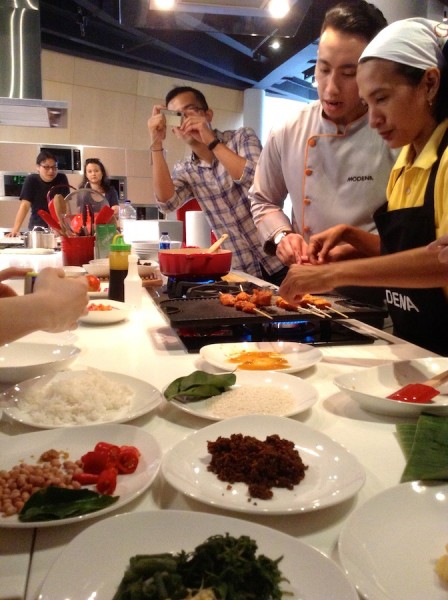
Sate Maranggi originated in Purwakarta West Java but judging from its process, culinary connoisseurs assumed that it derived from Cina Peranakan (descendants of Chinese immigrants) cooking method.
Chef Yuda also showed us how to make kunyit asam, a refreshing herbal drink made of squeezed grated turmeric, mixed with tamarind water, pandan leaves, kaffir lime leaves and palm sugar.
Nutritional values
In all its events KOI strives to use organic ingredients. The chicken for sate maranggi, for example, came from Pronic Indonesia while the rice for punten is produced by Al Barokah, both are KOI members.
The highlights of the day for me was when health coach Emilia E. Achmadi MS., RD., a clinical dietitian and nutritionist described the nutritional values of the day’s ingredients.
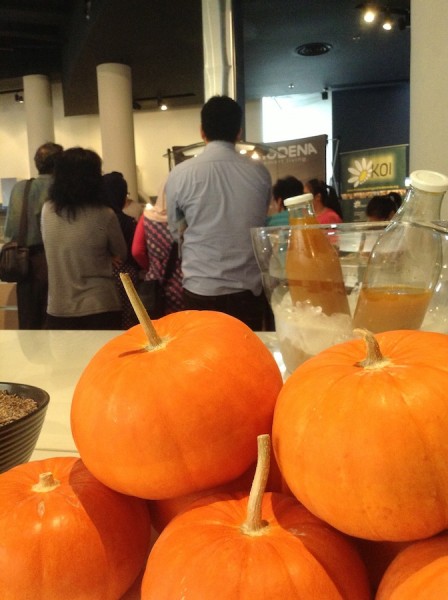
Coriander, the ingredient for sate maranggi contains antibacterial that fights Salmonella while turmeric, Emilia said, has powerful antioxidants that fight cancer-causing free radicals.
Pure grass fed beef, Emilia further explained contains less saturated fat and more Omega 3. “That is why, “she tweeted, “they taste so good and not bad for your heart.”
Capar tape
I believe that by presenting traditional delicacies and raising awareness about heritage food, KOI is fulfilling its mission to promote organic, green and healthy living.
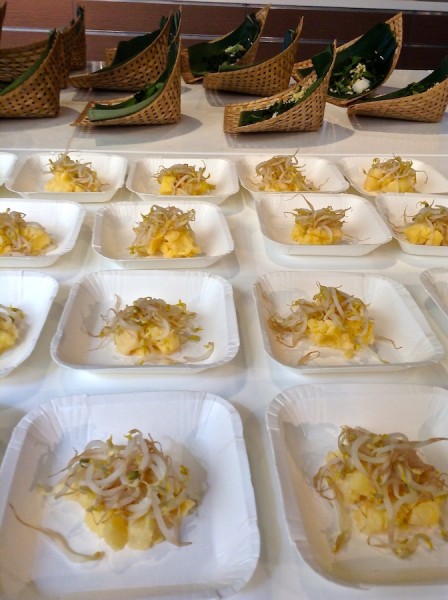
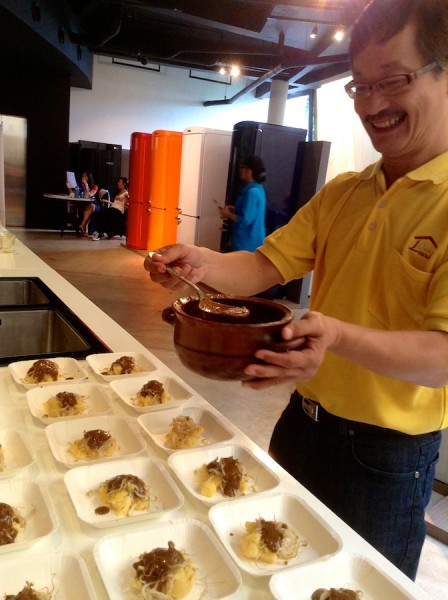
The finale in celebrating Tulungagung cuisines was capar tape, a dessert pairing fermented cassava, bean sprouts and spicy peanut sauce. Apparently unusual flavor combination is not only for modernist cuisines. Traditional capar tape is soft and crunchy and has an after taste of hot, sour, salty and sweet.
-----------------------------
Text: Amanda Niode
Images: Map of Tulungagung: Maphill, all others: Omar Niode Foundation
